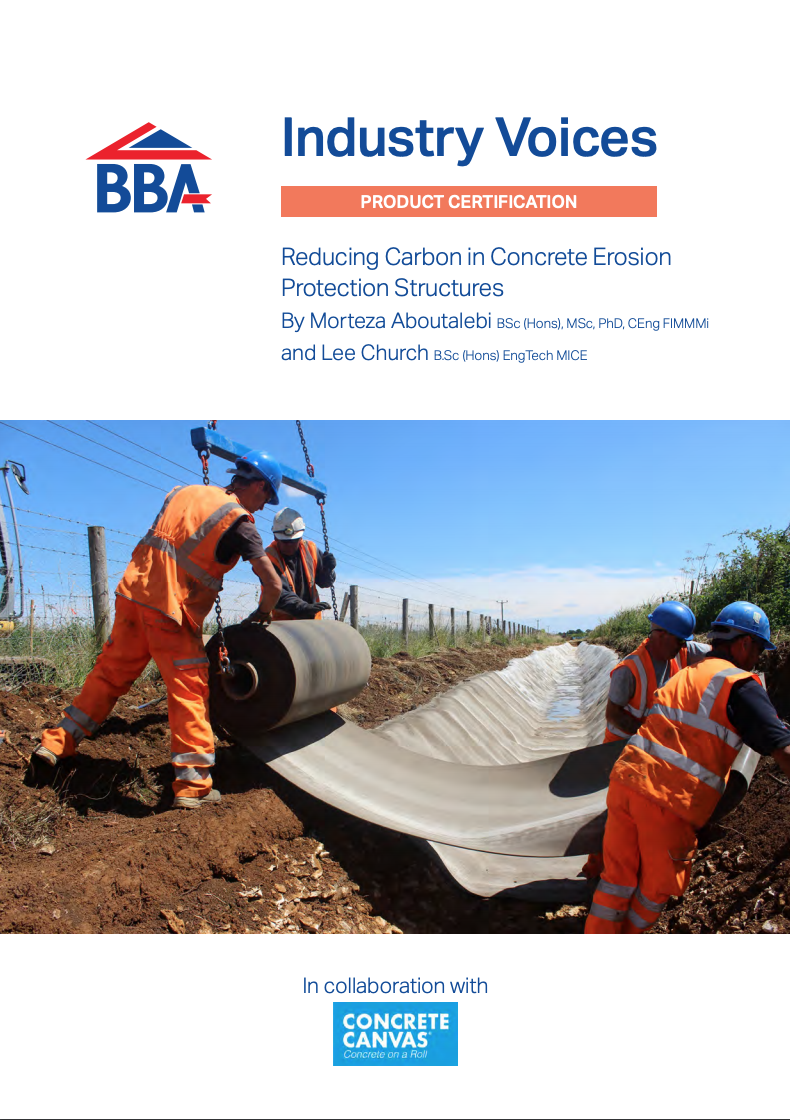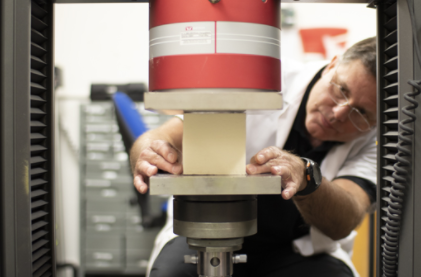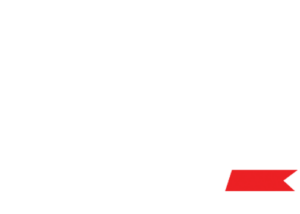How we lead the way in product certification through testing Pt.1
Part 1.
By Alvaro Enguita-Gonzalez, Head of Testing
In an ever-changing landscape with new products being developed and used daily, many of us observe how, with the passing of time, a desert space becomes a tangle of bricks, cement and steel and then finally, a fully functional and livable building. What we rarely consider is the work undertaken by companies before a building is conceived and specified, much less constructed, to ensure sustainability.
Did you know that some companies must first verify the quality and performance of each of the products and systems before they can be specified?
Did you also know that each construction product is tested as an individual item but also as part of a system and the building as a whole?
Have you ever considered how changing one component can change the whole building/structure and by failing to test against all factors it impacts the whole building process from insurance, specification and building – including the sustainability of the building itself?
Well if you’ve never thought of it, it is worth noting that all components used within a building are subjected to a series of rigorous approval tests that are regulated by international standards.
These regulations define the parameters that must be taken into consideration when examining the safety and quality of these products – determining the products’ mechanical capacities and their structural integrity, their durability and weather resistance, safety and capacity to resist manipulations and intrusions through thorough testing. In addition to these regulated standards, products also need to also be tested, to check their durability, for energy efficiency, aesthetics and environmental factors (noise of construction).
If a product or system fails these tests, or the 3rd party testing body doesn’t take into consideration the additional durability of a product, this can negatively impact a whole buildings process from insurance, specification and building construction – including the sustainability of the building itself.
Why should these tests be carried out?
Predicting the behavior of a system is complicated due to the peculiarity and diversity of a product’s components, and the wide range of different factors that arise in varying situations to which it may be subjected. Therefore, the rigorous testing procedures used within the BBA are vitally important to determine the fitness-for-purpose of a product and provide certification.
The tests undertaken as part of ascertaining the above focus on:
Safety: the extensive calculations and tests that the materials are subjected to, plus the controls adhered to in the manufacture and assembly process, to guarantee greater protection during the construction process and, for the people who will reside in and use the building once finished.
Standardisation: complying with the regulations which are internationally recognised is a positive assessment factor for the manufacturer, the installer, the designer and the construction company – especially in their relationships with insurance companies and building control authorities.
Guarantee: the products that strictly comply with the safety precepts and regulations in all EU countries provide reassurances for specifiers, insurance companies and end users.
Each of the certificates issued by the BBA is based on specific tests to ensure the quality is not compromised. These tests help to obtain the mechanical characteristics, durability & resistance and the thermal efficiency of key components and their joints.
As the UK’s leading Notified Body, the BBA evaluates hundreds of new products and systems each year through laboratory and on-site tests with their corresponding certification processes, and the elaboration of their quality plans and audits. We also inspect hundreds of factories, warehouses and manufacturing facilities across the world.
In part 2 we will review the tests which a construction product should undergo and what each of these establishes. Click here to explore the wide range of tests the BBA provides.
Share This Story, Choose Your Platform!
Related News
How we lead the way in product certification through testing Pt.1
Part 1.
By Alvaro Enguita-Gonzalez, Head of Testing
In an ever-changing landscape with new products being developed and used daily, many of us observe how, with the passing of time, a desert space becomes a tangle of bricks, cement and steel and then finally, a fully functional and livable building. What we rarely consider is the work undertaken by companies before a building is conceived and specified, much less constructed, to ensure sustainability.
Did you know that some companies must first verify the quality and performance of each of the products and systems before they can be specified?
Did you also know that each construction product is tested as an individual item but also as part of a system and the building as a whole?
Have you ever considered how changing one component can change the whole building/structure and by failing to test against all factors it impacts the whole building process from insurance, specification and building – including the sustainability of the building itself?
Well if you’ve never thought of it, it is worth noting that all components used within a building are subjected to a series of rigorous approval tests that are regulated by international standards.
These regulations define the parameters that must be taken into consideration when examining the safety and quality of these products – determining the products’ mechanical capacities and their structural integrity, their durability and weather resistance, safety and capacity to resist manipulations and intrusions through thorough testing. In addition to these regulated standards, products also need to also be tested, to check their durability, for energy efficiency, aesthetics and environmental factors (noise of construction).
If a product or system fails these tests, or the 3rd party testing body doesn’t take into consideration the additional durability of a product, this can negatively impact a whole buildings process from insurance, specification and building construction – including the sustainability of the building itself.
Why should these tests be carried out?
Predicting the behavior of a system is complicated due to the peculiarity and diversity of a product’s components, and the wide range of different factors that arise in varying situations to which it may be subjected. Therefore, the rigorous testing procedures used within the BBA are vitally important to determine the fitness-for-purpose of a product and provide certification.
The tests undertaken as part of ascertaining the above focus on:
Safety: the extensive calculations and tests that the materials are subjected to, plus the controls adhered to in the manufacture and assembly process, to guarantee greater protection during the construction process and, for the people who will reside in and use the building once finished.
Standardisation: complying with the regulations which are internationally recognised is a positive assessment factor for the manufacturer, the installer, the designer and the construction company – especially in their relationships with insurance companies and building control authorities.
Guarantee: the products that strictly comply with the safety precepts and regulations in all EU countries provide reassurances for specifiers, insurance companies and end users.
Each of the certificates issued by the BBA is based on specific tests to ensure the quality is not compromised. These tests help to obtain the mechanical characteristics, durability & resistance and the thermal efficiency of key components and their joints.
As the UK’s leading Notified Body, the BBA evaluates hundreds of new products and systems each year through laboratory and on-site tests with their corresponding certification processes, and the elaboration of their quality plans and audits. We also inspect hundreds of factories, warehouses and manufacturing facilities across the world.
In part 2 we will review the tests which a construction product should undergo and what each of these establishes. Click here to explore the wide range of tests the BBA provides.
Share This Story, Choose Your Platform!
Related News
Get in touch
Please complete the form below and we will contact you as soon as possible.
To help us to respond to your inquiry as quickly as possible, we have put a handy list of our services below.


